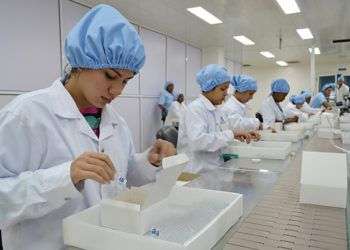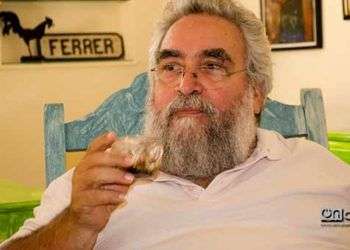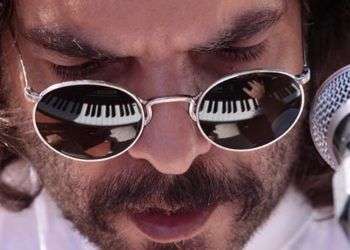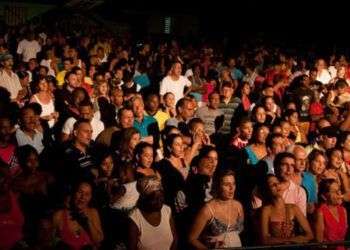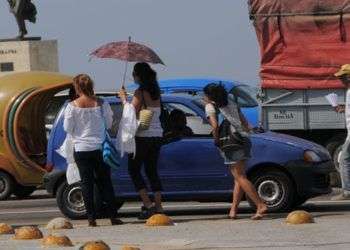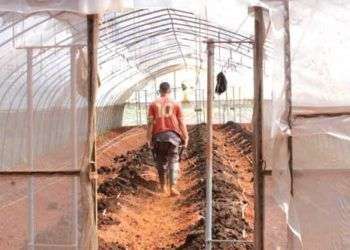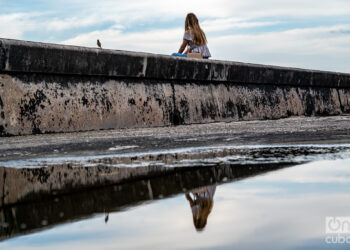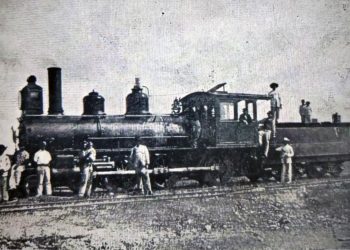Containers of knowledge
Today, Cuba's main export good goes out of its airports in the head of the temporary travelers. In the case of the island, if we are talking of foreign trade, the times of huge amounts of cane sugar, cigars, coffee and nickel were left behind. The export of professional services is a growing worldwide trend, which was strong from the 1990s, and is substantial for the survival of a locked, indebted and soft loans hungry economy as the Cuban. In 1950 our exports of goods accounted for 93.48 percent of total sales to foreign agents, and four decades later, the situation was similar (91.15 percent); in a period of just four decades the balance has been reversed and in 2007 only accounted for 35.79 percent .Since in 2005, out of the total Cuban exports, 70 percent was of services. At the end of 2006, services accounted for 76 percent of gross domestic product and 70 percent of our total exports. According to Yilian Exposito Jimenez, CEO of the Distributor of Cuban Medical Services SA belonging to the Public Health Ministry, more than 50,000 Cuban doctors are working in 66 countries in Latin America, Africa and the Middle East. Of these,...



